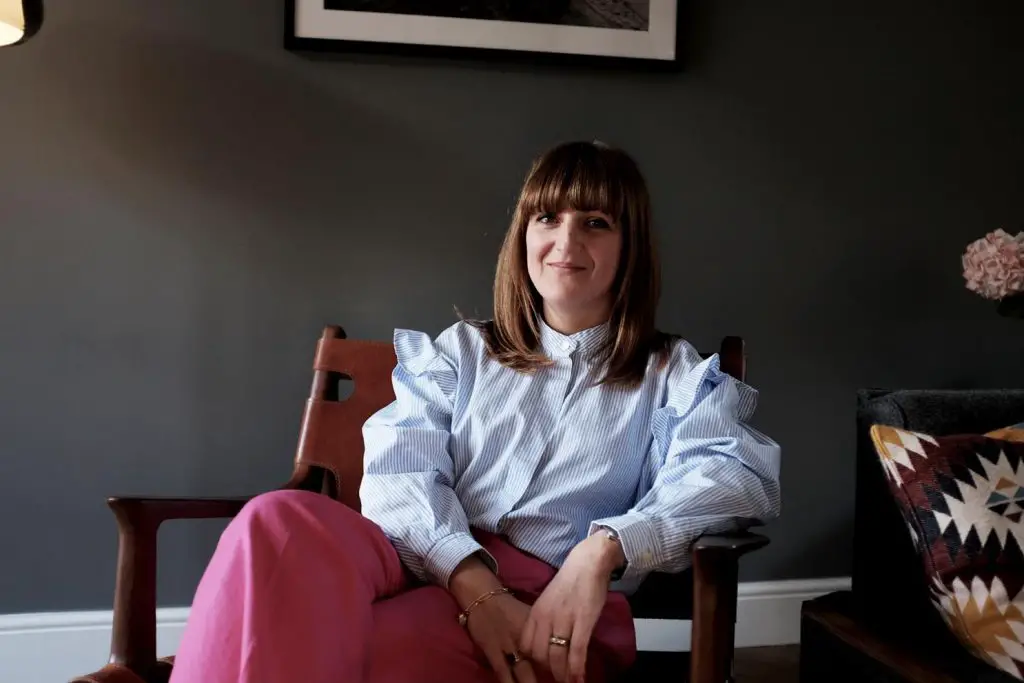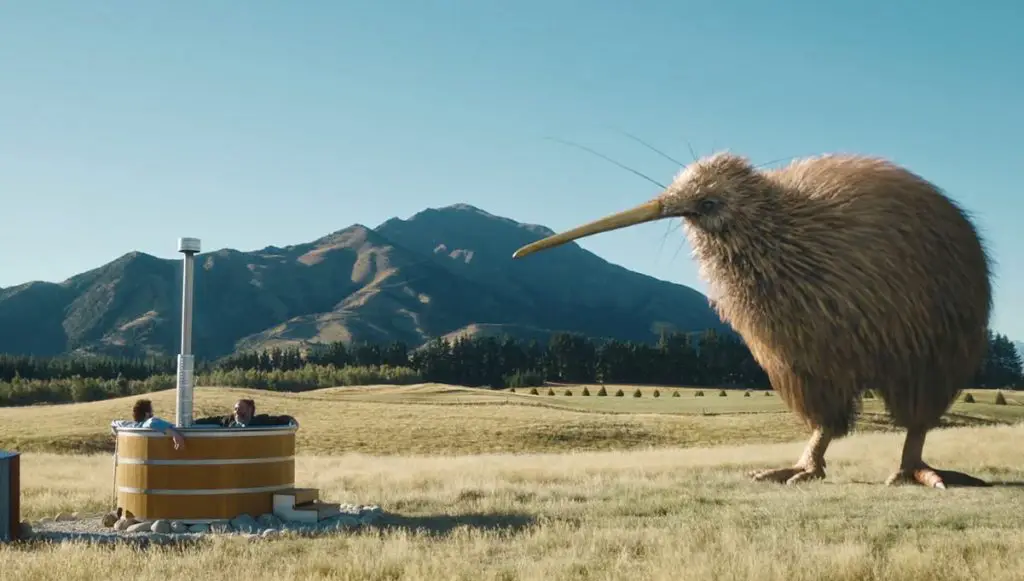It’s no secret that the majority of advertising is either bland, not much better than wallpaper, or worse – it’s an annoying interruption. People tune it out and move on. That’s a problem we all have a stake in fixing, strategists, creatives and clients alike. But it’s disappointing to see business lost or great work dismissed because it’s not considered the safe bet. Clients are ultimately the ones holding the purse strings, the decision-makers and green light-givers – and therefore it’s within clients’ power to say no to blandness.
Don’t get me wrong, I know wielding that power can be a scary proposition – especially in this post-GFC world with shrinking budgets and increasing levels of risk averseness. Luckily attitudes are changing. This recent Sunday Times article (registration required) shows bulky corporates are beginning to realise where risk aversion structurally holds them back. In this case, they manage it by spinning off valuable ideas into separate entities to support the entrepreneurial employees who generated them. It keeps talent in the fold but still offers the freedom and flexibility of a start-up.
The takeaway for brand marketers: if you want the rewards of great creative that isn’t ignored by the people you’re trying to reach – and there’s no point to aiming for anything else – sometimes a little risk is needed.
Risk aversion isn’t purely a northern hemisphere problem – we deal with it down under, too. One of our biggest and most well-known retailers in Australia is a typical risk averse advertiser. They advertise on every platform but other than that their marketing is stuck in the same old, with big shouty, interruptive and annoying advertising straight out of the 1980s.
But in many other cases the best examples of Antipodean adventurousness and creative are winning out over the safe bets of the old, old world. Just look at the work Kiwis, for example, are churning out. For such a small market, they really punch above their weight and easily hold their own against the old school.
There’s Whittaker’s take on the Big Egg Hunt (an event previously done in London and New York but new to New Zealand), for example. The chocolatier has hidden 100 fibreglass eggs in major cities, each decorated by a well known celebrities, painters and street artists – and all with the aim of engaging the public and raising money for the country’s Starship Children’s Hospital. The campaign is coupled with an auction and public participation to compete for golden chocolate bar courtesy of a local jeweller.
Then there’s the New Zealand Transport Association series of safe-driving PSAs, which regularly end up spreading virally across the world. The result of a long-term partnership with its agency, some NZTA ads rely on seriousness (below), some on humour – but either way they pack a punch.
Kiwis don’t rest on their laurels. They think big to make a mark. It’s accepted that economic growth in the short and long term will come from intellectual property – and Antipodeans are well prepared to test theirs alongside the best of them.
Not that there hasn’t been great outside-the-box creative from the UK though. We’re huge fans of Innocent Drinks’ Big Knit, the Lego minifig book, and Year Of Code among others. Diverse as these campaigns are, someone somewhere took a risk to get them going. And it paid off.
In my experience there are a variety of reasons brands end up with blah work. Quite often it’s because the client-agency relationship isn’t a true partnership with both parties engaged and invested in the process. Hunter works with challenger brands and we know that success of any project needs investment and input from client and agency from the beginning. It’s no use submitting a brief and forgetting about it for a month until the finished product is presented – there’s no partnership in that.
Great work is out there, and it is achievable. Clients don’t need to settle for mediocrity, but there will need to be a bit of risk involved. You don’t have to be the farm, but you can identify how much risk is acceptable and work out how to strategically move forward with that. A good agency will help you map that out.










I think that really – doing great advertising (and also great marketing and great business) is really just about doing something interesting for your customers, or potential customers. Nothing more than that.
If it’s interesting, gives someone a reward for engaging, solves a problem, etc then people will think it’s great and you’ll do great business.
I agree that marketers need to “take risks” but I also feel that for many of those marketers, the risk taking metaphor frames the situation in a less than constructive way and makes progress harder because it sounds scary. It creates a barrier by aligning great advertising with something like bungy jumping. Big organisations like control and predictability. Bungy jumping grinds against that*.
Really, as marketers we know a lot about our audiences. We should be able to deliver something to them that’s interesting. Either through its narrative, or its production, or its form, or its content.
When you think about it like that, its not really like bungy jumping at all.
* and you could also discuss the over-riding obsession of reach and frequency over content and impact and how that leads marketers to put boring content into as many places as possible because they think that the reach and frequency will get the job done, and the reach and frequency are more valued and defensible in large businesses than creative impact. – But that would be a long discussion.